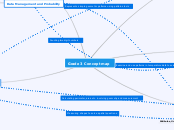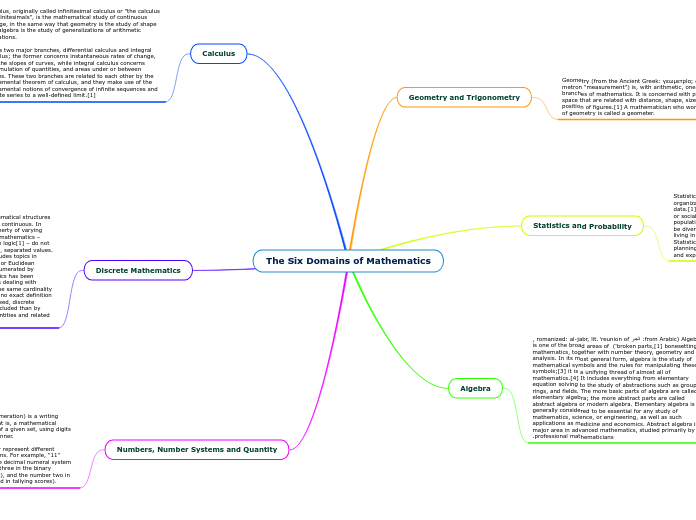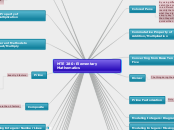por Meghan Hopkins hace 6 años
436
Grade 3 Concept map
In early education, young students are introduced to foundational mathematical concepts that span several key areas. They learn to count forwards and backwards from various starting points, gaining a sense of numerical magnitude.









